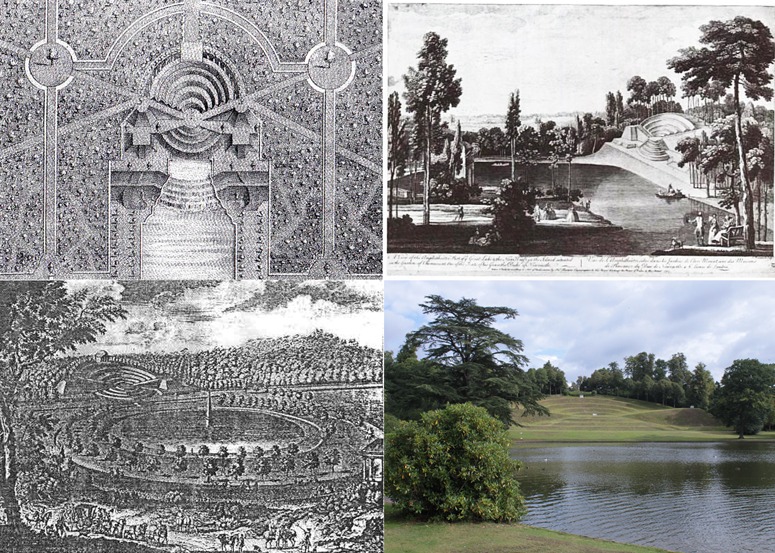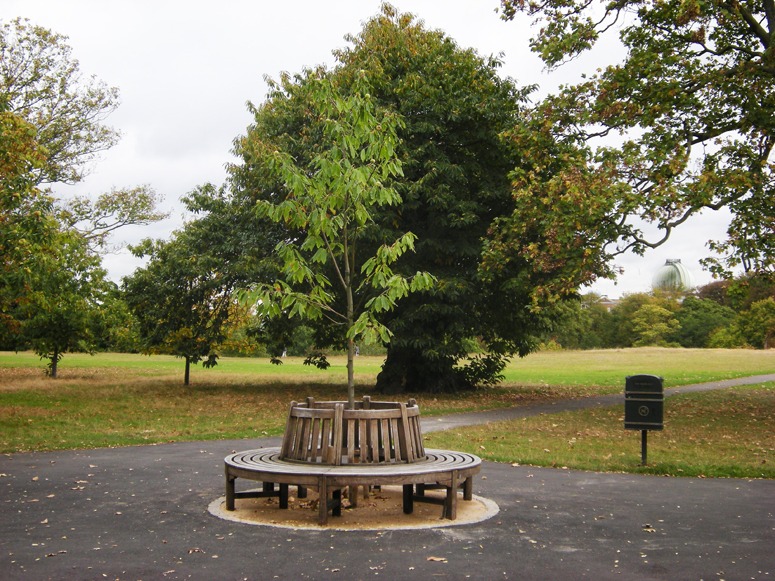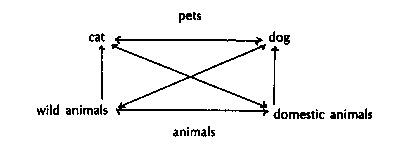The Claremont Amphitheatre as a problem in historic garden restoration
24 Replies
Clockwise, the images of the Claremont Amphitheatre show (1) Charles Bridgeman’s design, as illustrated in Stephen Switzer’s Hydrostatiks (2) John Rocque’s drawing shows the garden as modified by William Kent after 1734 (3) a drawing by an unknown artist with the water as a circular pool (4) a recent photo of the amphitheatre as a feature in what is now called Claremont Landscape Garden. Claremont is a pleasant and popular place – so why not leave it as it is? The amphitheatre was almost lost at one point and then restored by the National Trust. I am sure they were right to restore the amphitheatre but I do not think they went far enough. Stephen Switzer (in his Introduction to a general system of hydrostaticks and hydraulicks 1729) wrote that: ‘The upper part of the work may very easily be seen to be a sketch of the fine Amphitheatre at Claremont, (belonging to his Grace the Duke of Newcastle) the design of the very ingenious Mr. [Charles] Bridgeman; and the lower part, where the water spouts out, is an addition of my own, from a work of that kind that I have done for the Right Honourable the Earl of Orrery , at Marson in Somersetshire. In this composition, which I humbly conceive to be the noblest of any in Europe, may be seen a very magnificent taste and way of thinking, and in which I can’t help observing, that had the ingenious designer had more room at Claremont, he would certainly have made his water much larger than that little circular basin, which is seen therein, and which is very much eclipsed by the prodgious grandeur of that Amphitheatre. And this I note for the advantage of those who have more room for such a purpose: as for the rest the plan speaks for itself.’
Bridgeman and Switzer and are significant figures in the history of garden design and far too little of their work survives. More of Kent’s work survives. The problem with Claremont is that it lacks the high quality one would expect from such a distinguished cast, though Vanbrugh’s avenue, bowling green and Belvedere Tower are very good. My suggestion is to restore more of the design shown on Switzer’s drawing. I would like to see Switzer’s ‘water spouts’ and the first metre of the baroque canal (it could be done with jetties if there is insufficient land). Restoration of the ‘wilderness’ in which it is set would also be welcome (ie the woodland with straight rides and twisting paths). This would give Claremont a clear separation between (1) the Kentian landscape garden (2) the late baroque features designed by John Vanbrugh, Switzer and Bridgeman. If some way of arranging it could be found, a way of viewing the house and setting which Lancelot Brown designed for Lord Clive would also be highly desireable. The aim should be to make Claremont into first class garden it should be: it is in danger of becoming a public park for the middle classes.



